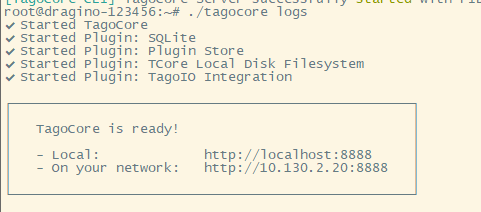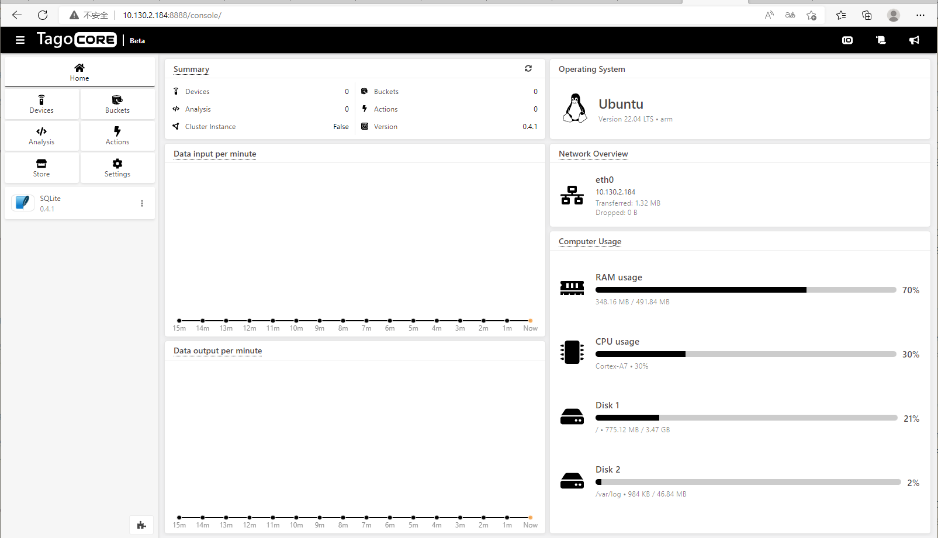Tago.IO
Table of Contents:
- 1. Parse Payload
- 2. Create device steps at Tago
- 3. Example - Create TrackerD/LGT92 positioning widget
- 4. Example - Real Time Location System demo(RTLS)
- 5. Install Tago Core in LPS8v2
1. Parse Payload
The following is our operation process and interface.
The code can be run in the payload parser.
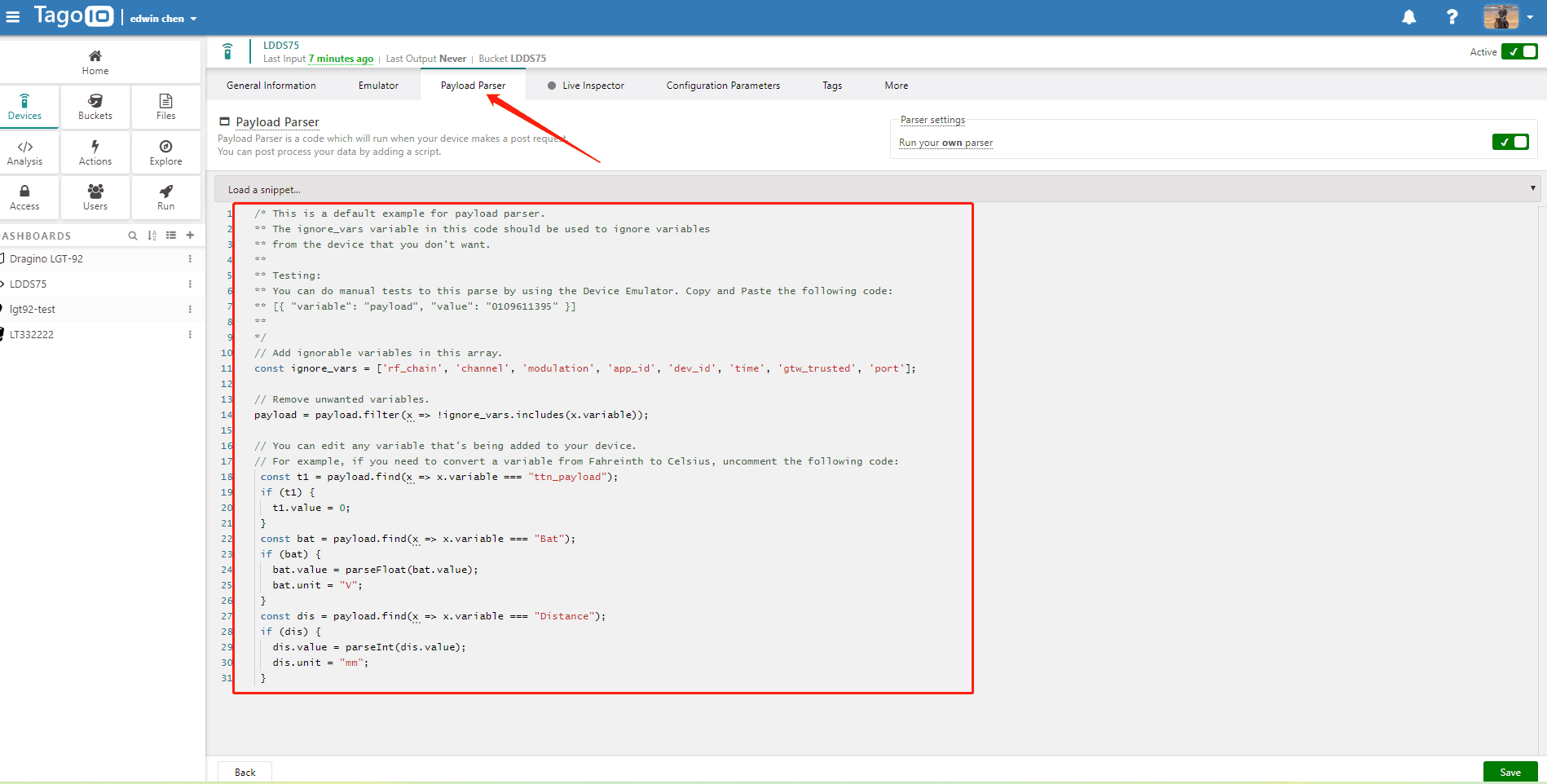
Parse Payload
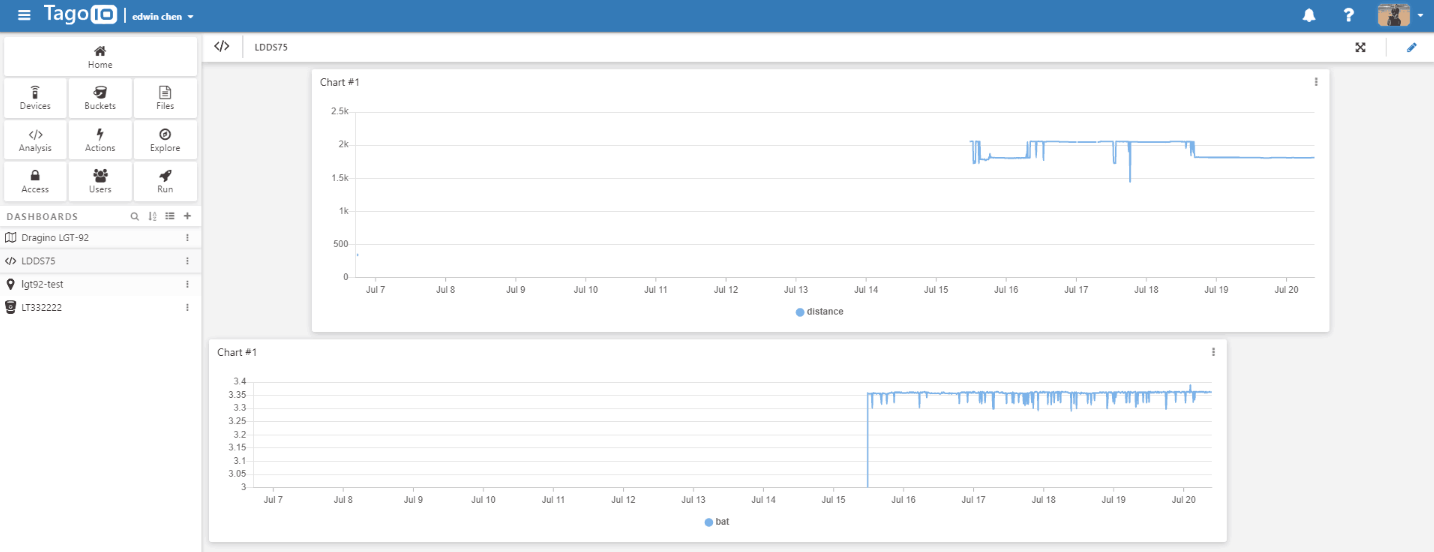
Parse Payload
2. Create device steps at Tago
2.1 General Steps
Take the creation of LGT92 as an example
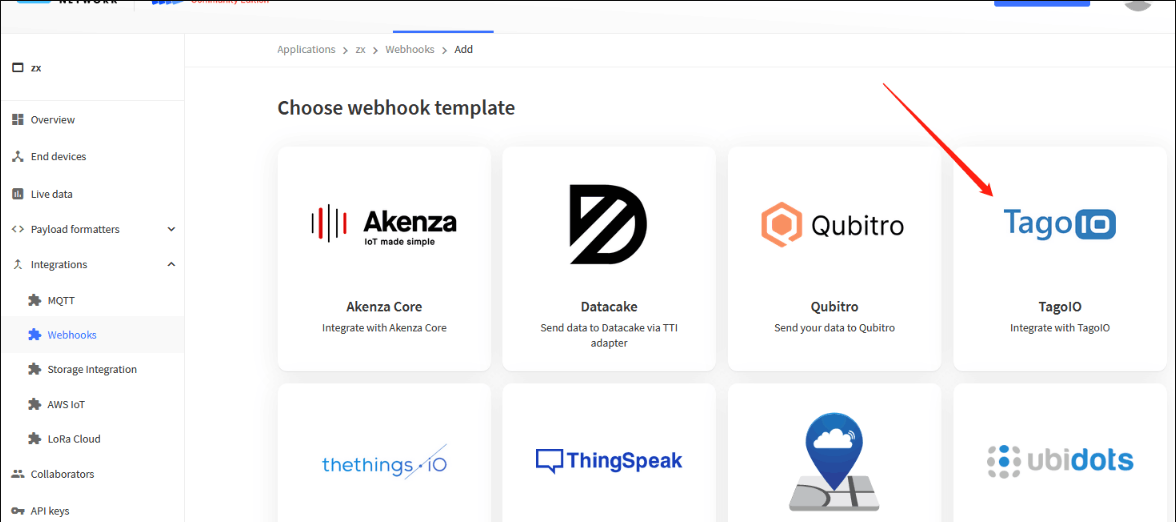
Get the authorization code and fill in it
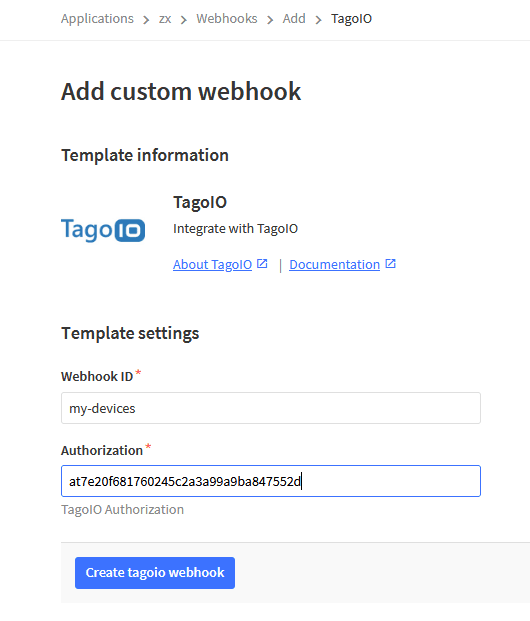
All the following options require authorization.
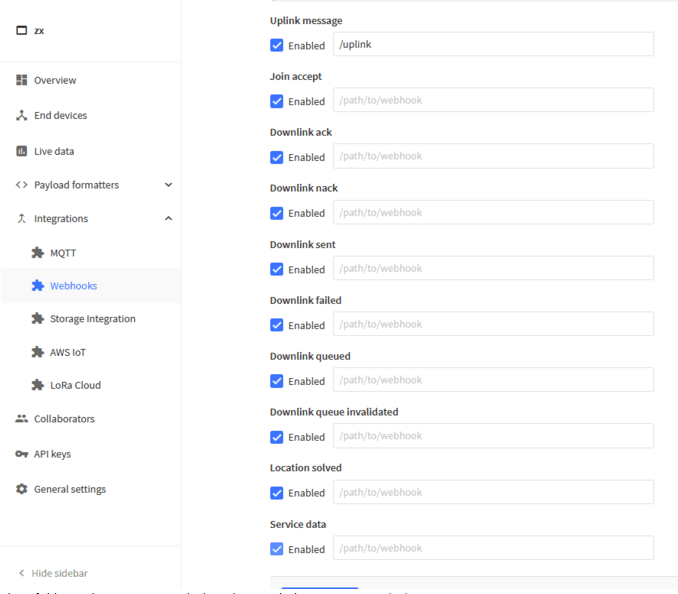
create device.
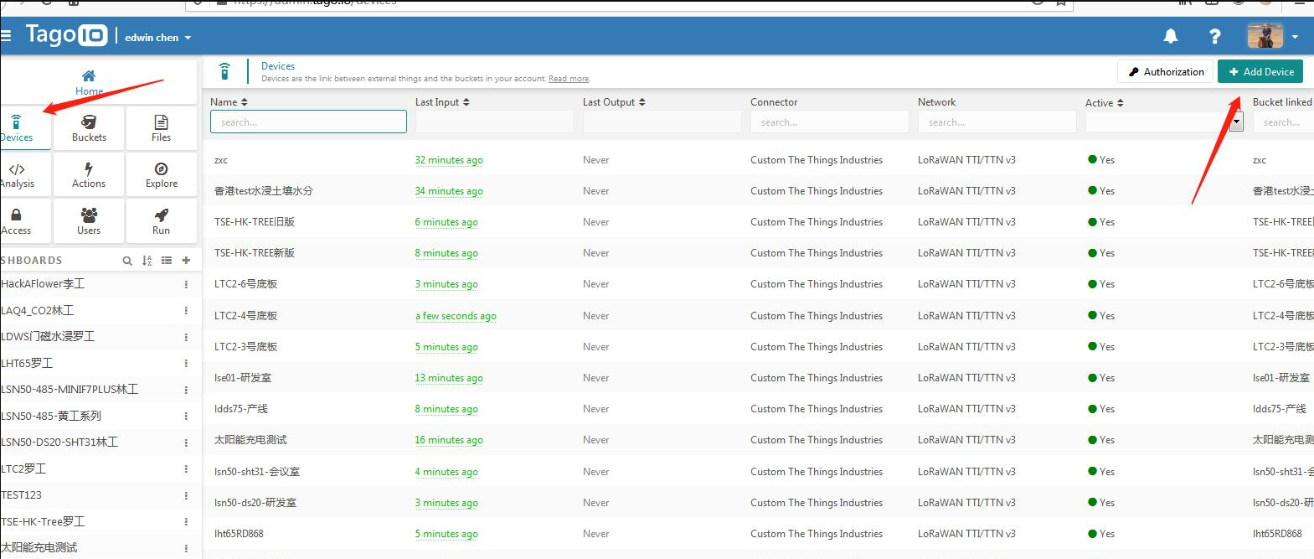
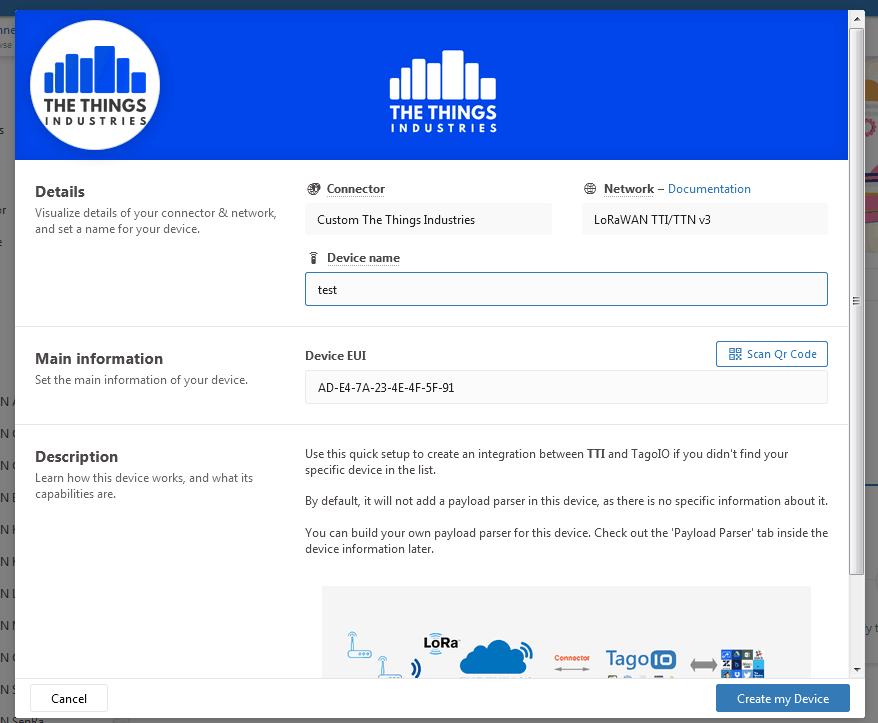

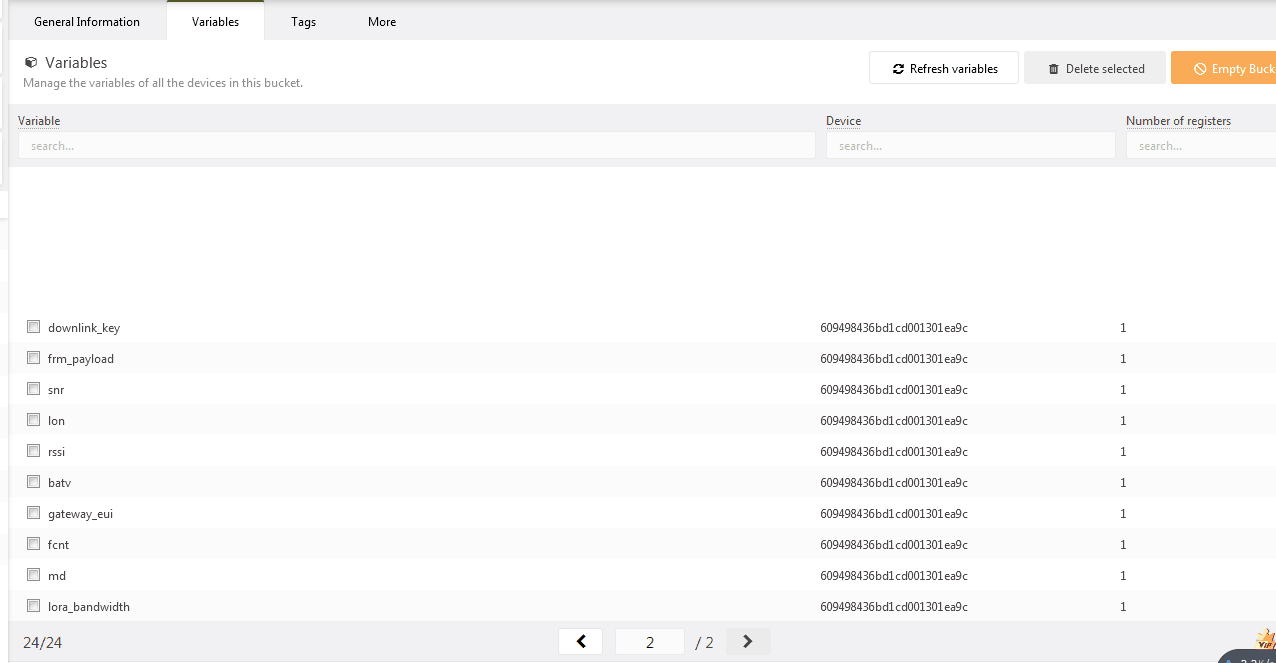
The corresponding widget can be created according to the decoding of the device on TTN.
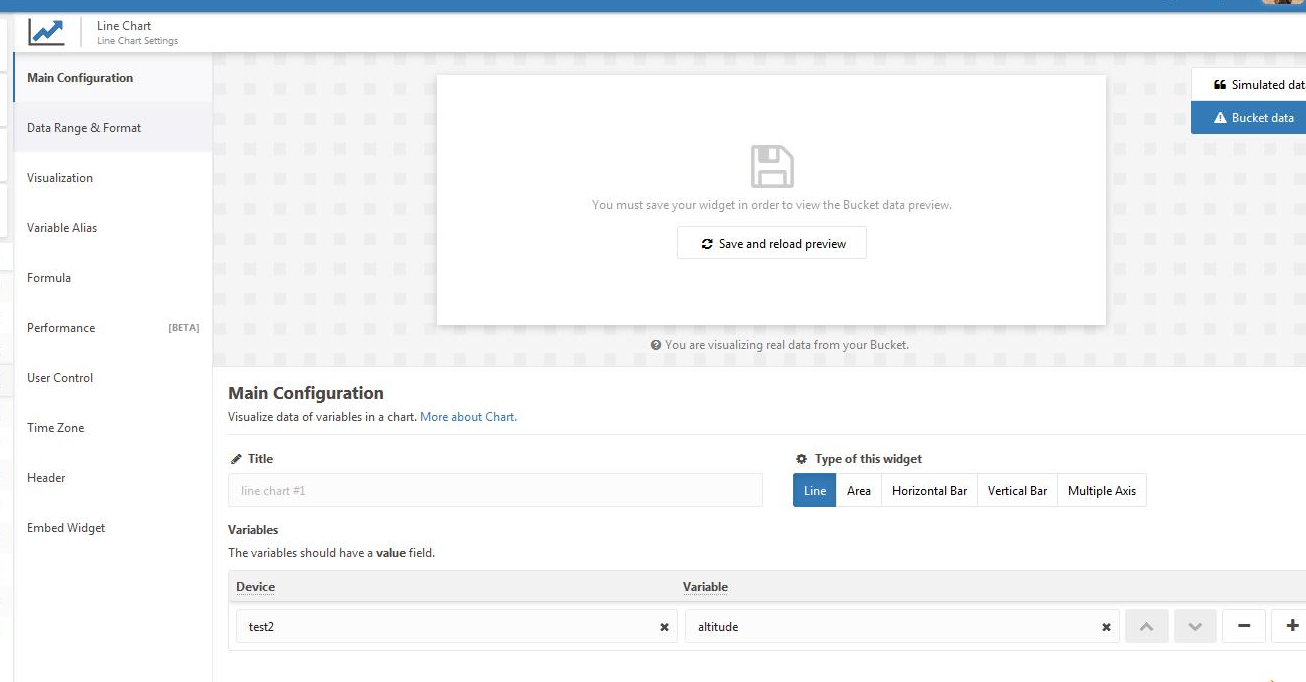

2.2 Downlink Message to LoRaWAN End node
Make sure to use Base64 Code. Reference for how to get Base64
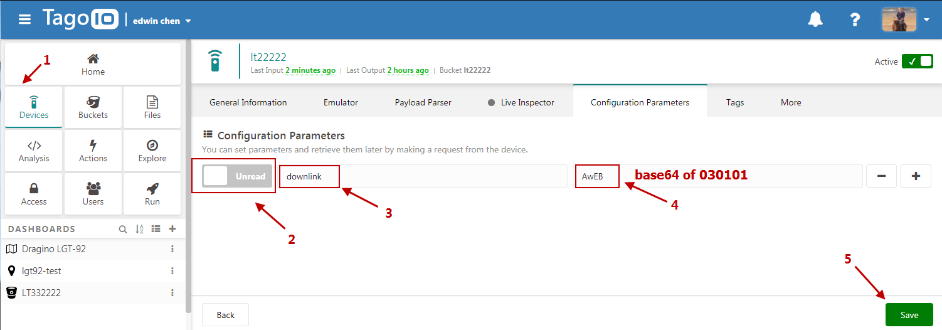
3. Example - Create TrackerD/LGT92 positioning widget
Creating TrackerD/ LGT92 in TTN does not require manual creation, you directly select LGT92 in the brand.
Devices registered from the LoRaWAN device repository do not need to add a decoder. To manually create a device, you need to add a decoder.
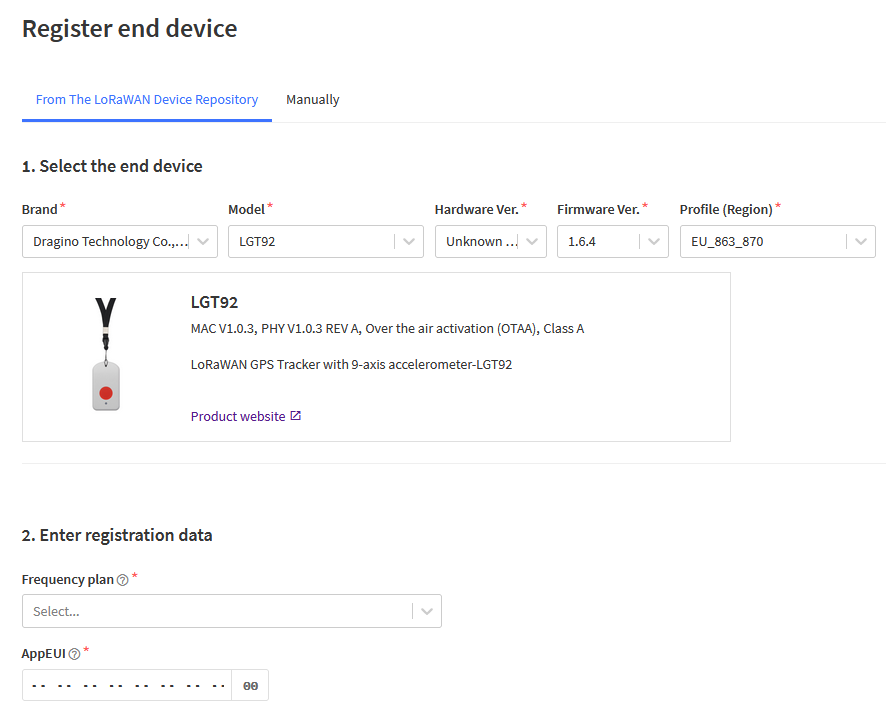
The same steps are used to create widgets and location maps.
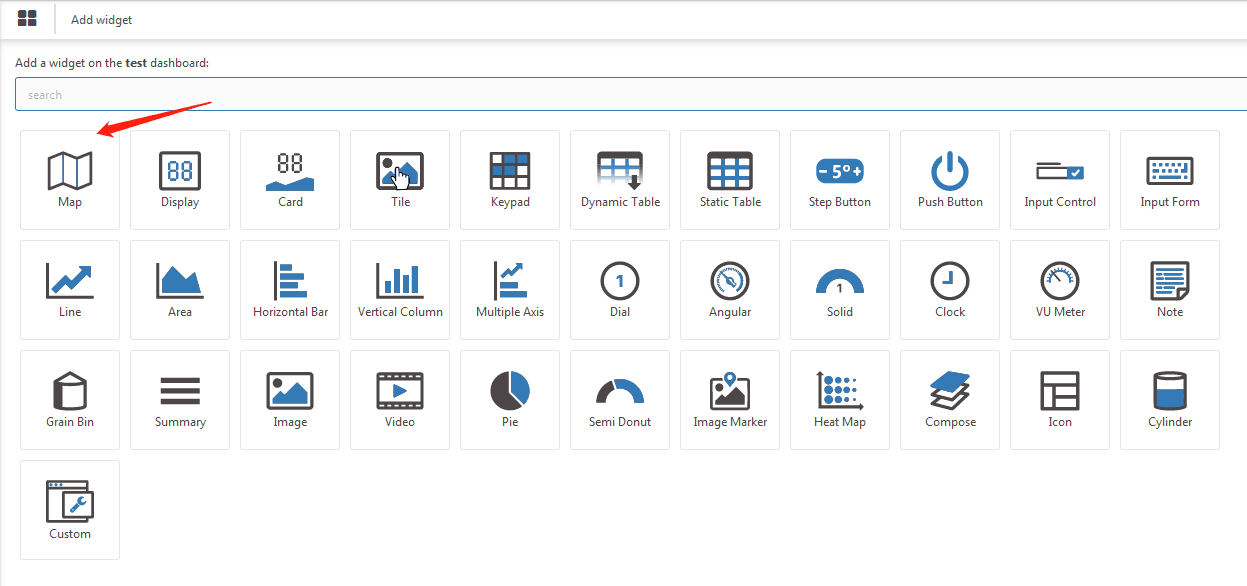
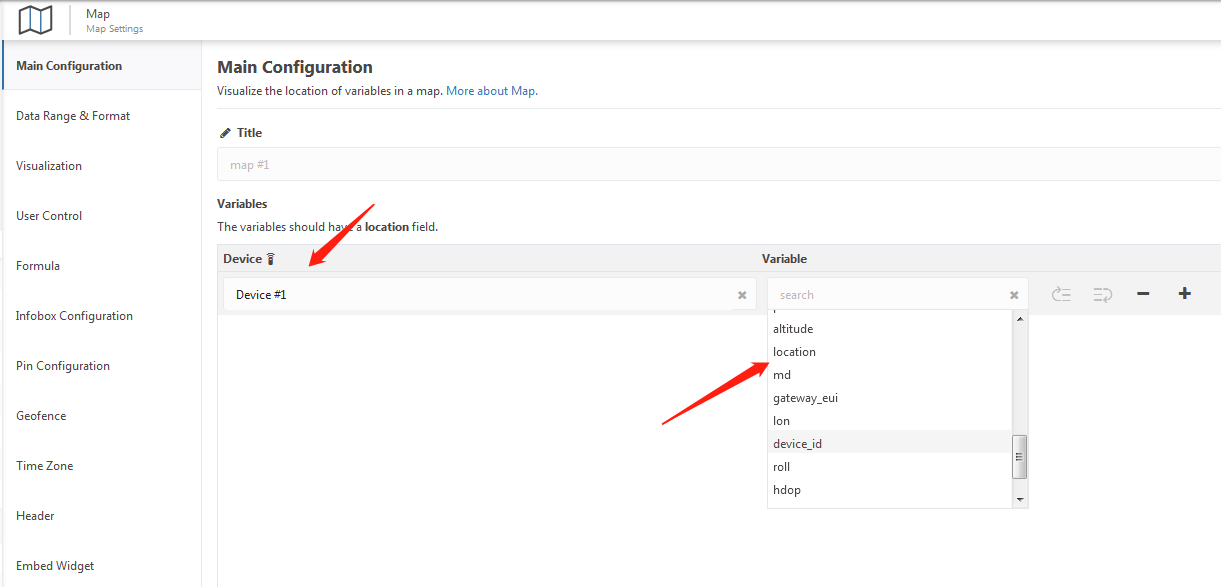
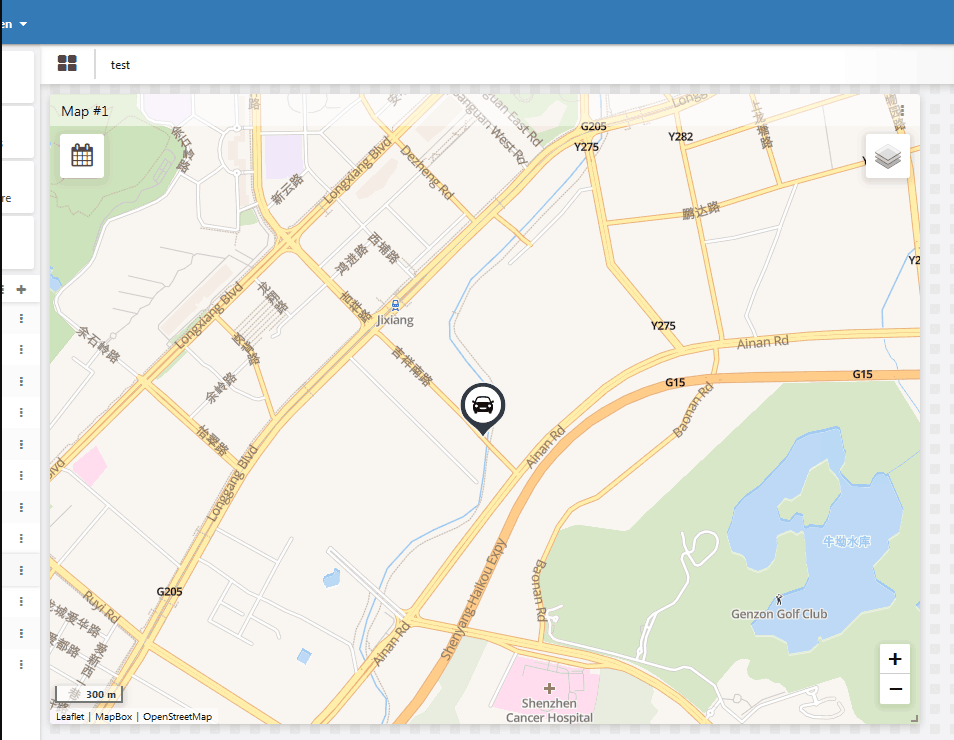
LGT92 displays the walking track according to the location of the sent data packet.
The device sets the time interval for sending data packets to control the positioning track.
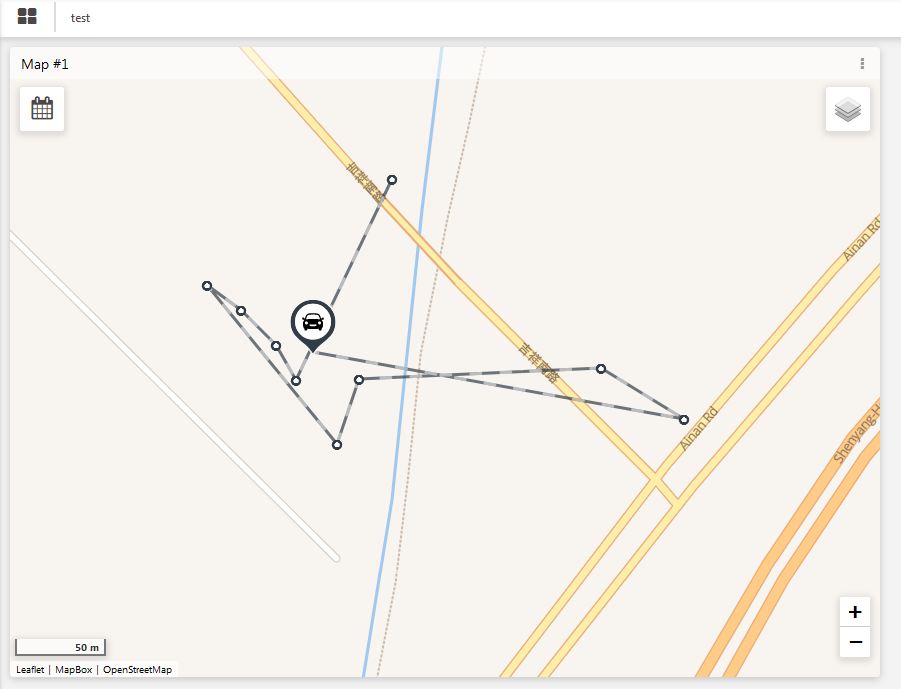
4. Example - Real Time Location System demo(RTLS)
4.1 Introduction
The purpose of this document is to describe the Real Time Location System demo(RTLS). It is created as a manual guide for understanding each process of the application, explaining types of users and setting the application.
You can access the application through: https://rtls.run.tago.io
- The user can read this document for the description of the real-time positioning system demonstration.
https://www.dragino.com/downloads/downloads/LoRa_End_Node/LBT1/RTLS_demo_documentation.pdf
4.2 Instructions for using LBT1 with RTLS
(1)RTLS supports TTNv3 and helium servers for indoor positioning.
(2)The user needs to register the device with LBT1 on the TTNv3 or helium server.
(3)Then the user needs to integrate the application into Tago.
(4)Create LBT1 devices and beacons in RTLS. Please refer to the RTLS instruction document for the specific process.
(5)The coordinate position will be updated every time the device sends a data packet.
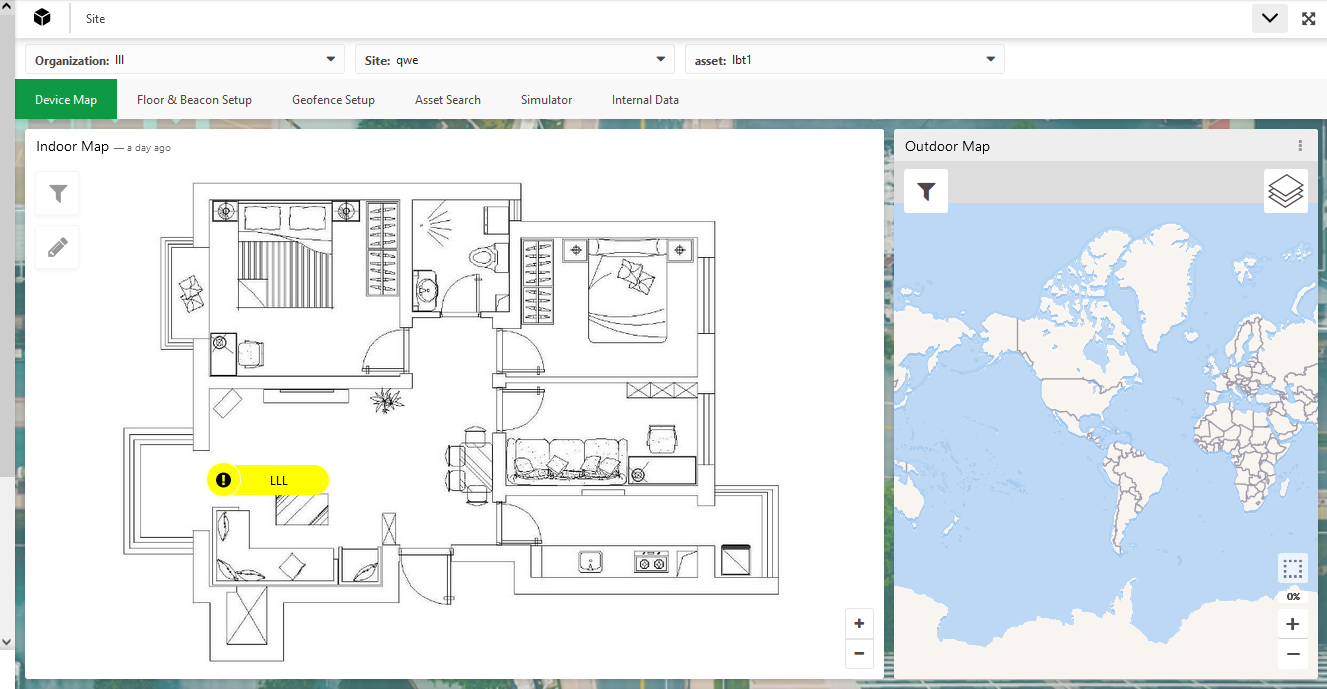
5. Install Tago Core in LPS8v2
5.1 Tago Core
Tago Core is a free, fast, and open-source IoT platform for edge computing that you can use to parse, and analyze the data from your devices!
Tago Core supports all major operating systems and can be downloaded on this Downloads page.
For more information on Tago Core, Users can check out this Link.
Once you have downloaded and extracted TagoCore, you can run it by opening a terminal in the folder where the tagocore binary is located and typing the following command:

5.2 Run Tago Core
When you run the following command, you can access the GUI of TagoCore using the LPS8v2 gateway IP_ADDRESS:8888.

